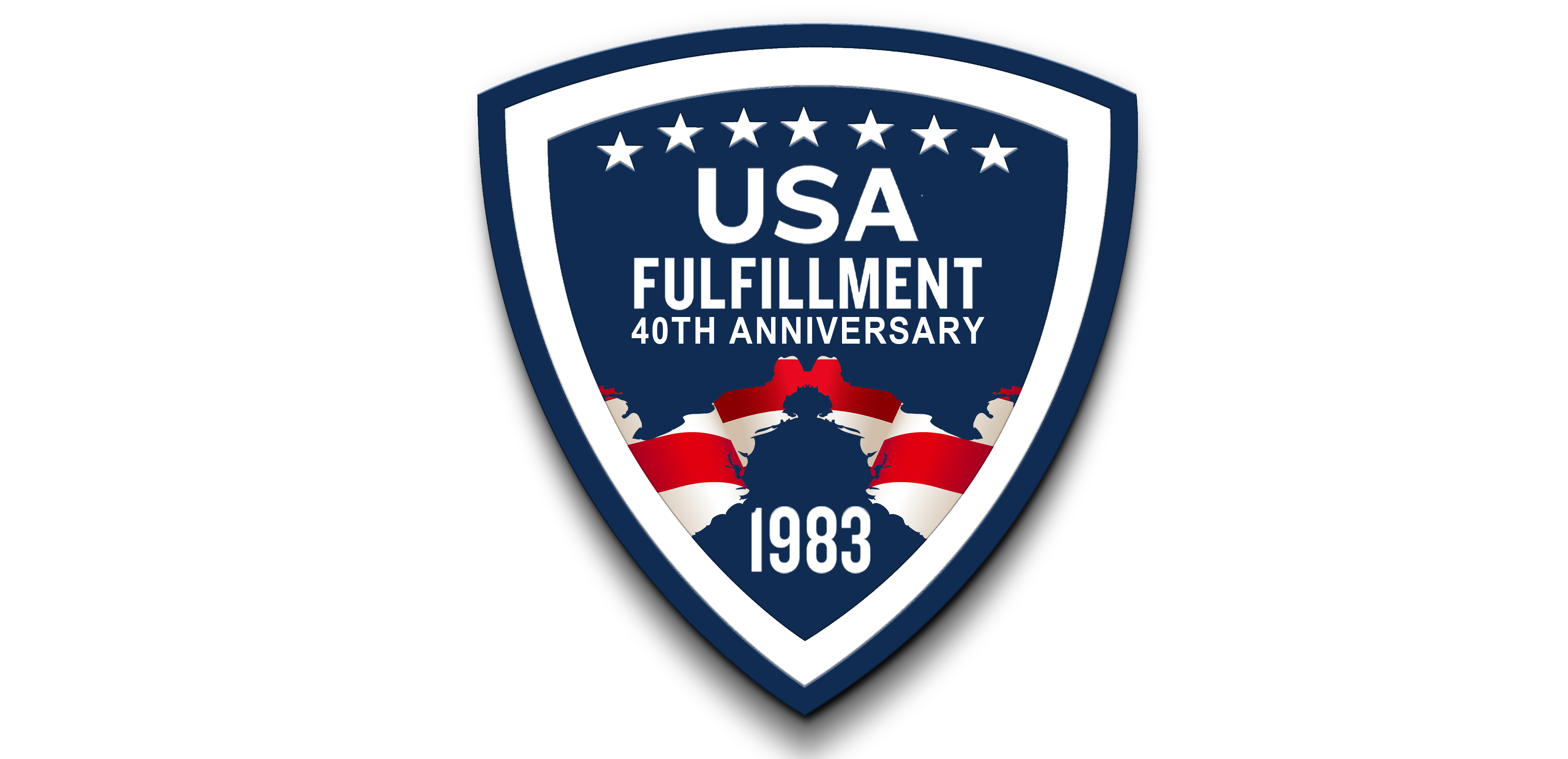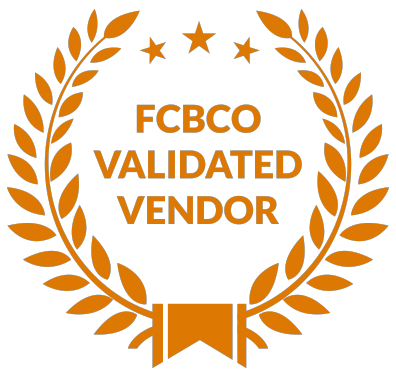Why Every Warehouse Company Needs a Spring Strategy
Why Every Warehouse Company Needs a Spring Strategy
…
Warehouse Company
Spring is often associated with fresh starts—cleaning, clearing, and refreshing the systems we rely on. But for warehouse operations, it’s more than just symbolic. It’s strategic. So here’s the big question: what happens when a warehouse company doesn’t have a spring strategy? The answer isn’t pretty. Delayed shipments. Overstocked products. Chaotic workflows. Wasted time. Unhappy customers. And the worst part? Most of it is preventable. That’s why every warehouse company—no matter the size—needs a clear, intentional spring strategy to streamline operations and prepare for the unique demands of the season.
You might be thinking: what’s so different about spring anyway? It’s not Black Friday or the holidays. But here’s the thing—spring is a sleeper season in ecommerce, and warehouse companies that don’t take it seriously miss out. New inventory flows in. Seasonal products flood the market. Customers shop for holidays, warmer weather, tax refund season, and more. Demand spikes in specific verticals like apparel, garden supplies, sporting goods, beauty products, and home improvement. And if your warehouse company isn’t tuned in, you’ll be caught flat-footed when the orders start rolling in.
Let’s talk about what actually happens behind the scenes when warehouse companies aren’t ready for spring—and more importantly, what to do instead.
The Hidden Costs of Not Having a Spring Strategy
-
Disorganized Inventory: Without seasonal planning, SKUs from winter still crowd the shelves while spring items arrive and fight for space. This creates confusion and slows down pick and pack operations.
-
Delayed Receiving: Spring brings new product lines, and they often arrive all at once. If your receiving process isn’t prepped, pallets pile up fast. And the longer new products sit, the longer it takes to fulfill orders.
-
Labor Shortages: Without a proactive labor plan, your warehouse team might be understaffed just when order volume begins to rise. Overtime hours creep up, burnout sets in, and productivity takes a hit.
-
Inefficient Shipping: With no seasonal optimization in place, your shipping strategy stays the same—even if demand doubles. That leads to slower delivery times, higher costs, and missed customer expectations.
-
Poor Visibility: Lack of real-time inventory tracking and order updates becomes a serious issue when customer service tickets spike and operations start to spiral.
Now for the good news: a smart spring strategy not only prevents these problems—it can actually give your warehouse company a competitive edge. Let’s look at how.
Why Spring Strategy Isn’t Just a “Nice to Have”
A lot of warehouse companies invest heavily in Q4 planning but go into spring with a “we’ll see what happens” mindset. That’s a mistake. Here’s why spring deserves just as much attention:
-
It’s the Season of New Releases: Brands often time product launches for spring. From fashion to furniture, fresh SKUs are released and pushed hard with seasonal marketing.
-
Consumer Spending Jumps: Between tax refunds and warmer weather, shoppers start buying more, especially in ecommerce. The lift in activity might not match the holidays, but it’s meaningful—and growing every year.
-
It Sets the Tone for Summer: Spring is the setup phase for what happens during summer. If your warehouse systems aren’t aligned now, you’ll still be scrambling when summer sales hit.
-
It’s an Ideal Time to Fix Inefficiencies: Winter’s chaos has passed. Q4 data is in. Spring is the perfect opportunity to optimize, restructure, and re-energize your warehouse workflows before the next peak season.
In short, spring isn’t downtime. It’s prep time. And a warehouse company without a plan for this phase is already falling behind.
Assess Current Fulfillment Efforts. Take Quiz Now!
Unique and Specific Spring Strategies Every Warehouse Company Should Consider
If you’re ready to take your spring strategy seriously, don’t just default to general advice. Here are powerful, specific supply chain strategies that truly make a difference in spring—and beyond:
-
Pre-Season Inventory Refresh
-
Audit SKUs to identify slow-moving winter products
-
Move outdated seasonal goods to clearance zones or offsite storage
-
Reserve high-visibility locations for upcoming spring bestsellers
-
Use data from Q4 and Q1 to forecast which SKUs deserve priority space
-
Dynamic Slotting and Re-Zoning
-
Shift warehouse layout to match seasonal picking patterns
-
Place high-volume spring items closer to pack stations
-
Use dynamic slotting software to optimize space in real-time
-
Group items frequently bought together to reduce picking time
-
Spring Surge Labor Planning
-
Identify which departments will experience volume spikes (receiving, packing, shipping)
-
Hire or train temporary staff early to avoid onboarding rush
-
Build in buffer shifts during key sales weeks like Easter and Mother’s Day
-
Implement mobile scanning and easy-to-use software to ramp up seasonal staff faster
-
Returns Process Optimization
-
Spring = fashion season = returns. Prep accordingly.
-
Make sure return labels and tracking are integrated with outbound orders
-
Allocate dedicated space and team members to process spring returns efficiently
-
Add automation to sort returns into restock, rework, or liquidation channels quickly
-
Shipping Strategy Realignment
-
Audit last year’s Q2 shipping times and cost per order
-
Explore regional shipping options to cut down transit time
-
Implement zone skipping where volume justifies it
-
Adjust packaging materials for new SKUs to reduce dimensional weight costs
-
Technology Upgrades and Spring Audits
-
Use this quieter (but still busy) season to implement tech improvements
-
Run a spring “tech audit” to see which tools are outdated or underperforming
-
Improve visibility with real-time dashboards and customer order tracking
-
Explore automation tools that reduce repetitive tasks or manual errors
-
Partner Collaboration and Communication
-
Meet with fulfillment and carrier partners to discuss spring expectations
-
Share upcoming promotions, forecasted volume, and shipping cutoffs
-
Build in contingency plans for supplier delays or unexpected volume surges
-
Evaluate your current fulfillment partnerships—are they keeping pace with your growth?
What Happens When You Get It Right
Implementing these strategies doesn’t just improve spring operations—it levels up your entire year. When your warehouse company is in sync with seasonal demand, several things happen:
-
Order accuracy improves
-
Labor costs are easier to control
-
Inventory moves faster, reducing holding costs
-
Customers receive their orders faster and with fewer issues
-
Your team experiences less burnout, more clarity, and higher efficiency
-
You build a more resilient and flexible fulfillment operation
All of this adds up to a better customer experience—and in ecommerce, that’s the most powerful competitive advantage you can have.
The Role of a High-Quality Fulfillment Partner
A smart warehouse company doesn’t try to do it all alone. Partnering with the right fulfillment provider can completely change the game. The best fulfillment partners act as operational extensions of your team. They help you:
-
Scale quickly with seasonal demand
-
Store inventory closer to customers for faster delivery
-
Tap into advanced technology without the upfront investment
-
Optimize workflows, reduce overhead, and improve accuracy
-
Adapt to shifting trends, surges, and supply chain disruptions
And here’s the best part: when your fulfillment partner is aligned with your spring strategy, your entire operation becomes proactive—not reactive. That’s how companies stay ahead.
Spring Strategy Isn’t Optional Anymore
Spring is no longer a throwaway season for ecommerce—and warehouse companies can’t afford to treat it like one. The brands you work with expect flawless execution. Customers expect fast shipping and seamless returns. And your team deserves systems that actually support their success.
So ask yourself:
-
Do we know what products are coming in and which are going out this spring?
-
Are we planning for increased volume or waiting to “figure it out” when it hits?
-
Is our warehouse layout optimized for current buying patterns?
-
Have we built in room to scale when demand rises?
-
Are we working with fulfillment partners that make our jobs easier—or harder?
The answers to these questions will define whether your spring operations become a headache—or a growth engine.
Every warehouse company needs a spring strategy. Not just to stay organized, but to stay relevant.
Interested in learning more? Give us a call, we’d love to chat!




